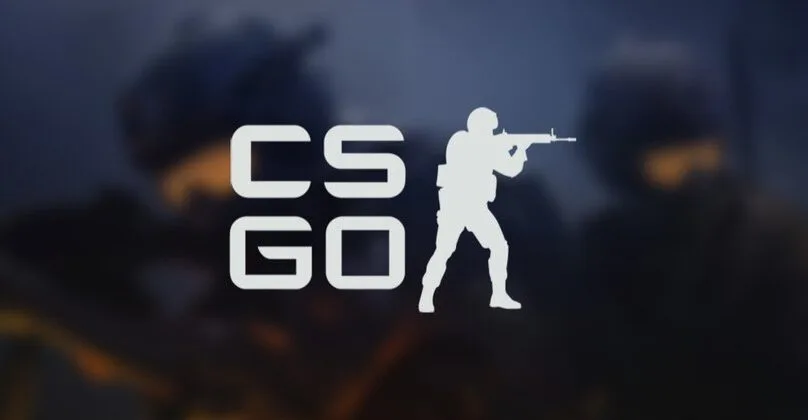Apple’s smartphone cameras are going to replace the video assistant referee system that the Premier League has been using.
Anúncios
The top soccer league in the United Kingdom is in the process of modifying the technology that it employs to identify offside offenses on the football field. An agreement has been reached between the Premier League and a business known as Genius Sports. Genius Sports will use a large number of iPhones in conjunction with machine learning models in order to assist game referees in making an offside call.
Offside infractions are not always easy to determine, particularly when players are gathered together in a manner that prevents referees and even several camera angles from seeing enough information to effectively flag them. In most cases, this is where video assistance referee (VAR) systems come into play. These systems are supposed to fill in the gaps by using cameras and machine learning abilities.
VAR systems have been used by soccer leagues for a decade. After doing a test run the previous year, the International Football Association (FIFA), the world’s largest soccer league, began deploying limb-tracking technology driven by machine learning and embedded soccer ball sensors in 2022. Wired reports in a story regarding the Premier League’s partnership with Genius Sports that the software has the capability to track 29 points of players’ bodies. However, these systems have limitations and often create “extensive delays and human process errors” as well as “concerns about the precision of in-game calls.”
Matt Fleckenstein, the chief product officer of Genius, gave an interview to The Verge in which he referred to the offside detection technology that the company uses as “Semi-Assisted Offside Technology” (SAOT). It is a component of the GeniusIQ system in the corporation, which is also responsible for powering its fan-facing products, which include the creation of features such as real-time, dynamic visuals (think of trails that follow a soccer ball).
The SAOT technology developed by Genius is capable of producing precise 3D representations of each participant.
Genius claims that this technology assists officials in determining the precise location of the offside line on the field as well as the positions of all the players in relation to it. To do this, the organization need a large number of cameras.
According to Fleckenstein, “We were moving away from 4K cameras, which were significantly more expensive.” “We wanted to see if we could switch to a mobile phone that was more readily available on the market.” It was ultimately decided that the firm would utilize iPhones, mostly due to the fact that this was the device that the staff of the company were most acquainted with when it came to matters such as software development.
Fleckenstein said that “the key is to deploy 24 to 28” iPhones, mostly iPhone 15 Pros, in order to get equal coverage of the pitch and the sidelines. These iPhones are often arranged in pairs of specialized rigs that each hold two phones at a time and are oriented somewhat differently in order to ensure that a certain region is covered.
It would seem that this method provides Genius with “between 7,000 and 10,000” data points, which enables it to construct a type of three-dimensional virtual mesh to represent each player. According to Fleckenstein, the fact that there are so many data points implies that the system is able to accept missing features due to other factors, such as lighting concerns.
In addition to this, iPhones are capable of recording at very high framerates; Genius is capable of recording at 100 frames per second, but it has tested as high as 200 frames per second. Additionally, the phones provide some local computer vision processing. All of the information is sent to a server located on the premises, where it is processed by the GeniusIQ system.
Computer vision and predictive algorithms are used by GeniusIQ to analyze the data in order to identify particular body parts, all the way down to the fingertips of the players, and to make predictions about where those body parts are located when they are obscured from view. According to Wired, the business trained its algorithm on “several seasons” of soccer matches in order to be able to do this.
Anúncios
The purpose of all of this is to determine the position of each player in respect to the other players, the ball, and the goalie.
According to Fleckenstein, offside calls are made “when the ball leaves the offensive player’s foot.” Therefore, having a greater number of frames caught on video increases the likelihood that the cameras will catch the precise time when the offside call was made.
The official regulations of soccer are highly explicit about what constitutes a player being “offside,” however it is unclear if GeniusIQ is superior to other options that are currently available because of its increased level of granularity. It was pointed out by Fleckenstein that alternative video assistant referee systems would only employ “30 or 40 points of the body,” which would result in a crude stick figure rendition of the player. However, Fleckenstein refused to provide any performance comparisons. On the other hand, they may merely utilize a tracking method known as “center of mass,” in which each participant is represented by a single data point.
Soon enough, we will find out whether or if the offside detection technology developed by Genius Sports is indeed capable of performing better than the VAR systems that have been used over the last several years. It is anticipated that the Premier League will begin using it to its full potential before the end of this year and will continue to do so throughout the season. Fleckenstein said that the precise date has not been disclosed at this time.



